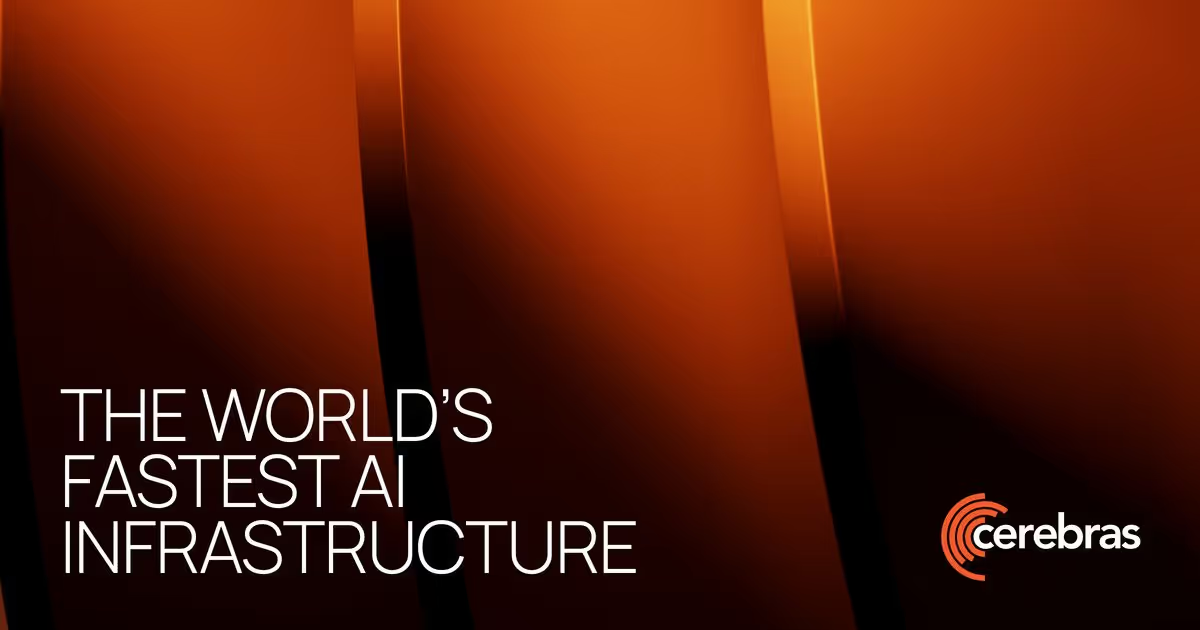
At Cerebras Systems, we envision a future where AI breakthroughs are limited not by hardware but by imagination and creativity. Our mission is to revolutionize AI computing by delivering unprecedented speed and efficiency through our wafer-scale processor technology, enabling the most complex AI models to come to life and drive transformative impact across industries.
We are building the foundation for AI's next era with innovation that redefines computing boundaries. By pioneering wafer-scale engines and integrated supercomputing platforms, we remove traditional constraints and empower researchers, businesses, and governments to explore and harness AI on a scale previously thought impossible.
Cerebras Systems exists to accelerate the pace of AI discovery and application, fostering a future where advances in medicine, energy, technology, and beyond are powered by hardware designed specifically for the AI challenges of tomorrow.
Our Review
We've been tracking Cerebras Systems since their early days, and honestly, they've managed to pull off something that seemed impossible just a few years ago. While everyone else was cramming more GPUs together and hoping for the best, these folks decided to go completely against the grain and build the world's largest computer chip. It's the kind of audacious move that either makes you a legend or a cautionary tale.
The Big Chip That Actually Works
Their Wafer Scale Engine approach is genuinely brilliant in its simplicity. Instead of connecting thousands of smaller chips and dealing with all the communication headaches, they just made one massive chip that's 56 times larger than the biggest GPUs. The WSE-3 can handle up to 24 trillion parameter models on a single device, which is frankly mind-blowing when you consider most teams need entire server farms for that kind of work.
What impressed us most isn't just the size—it's that the thing actually delivers on performance. We're seeing 20x faster training speeds compared to traditional GPU clusters, with significantly better energy efficiency. That's not just marketing fluff; those are real numbers that translate to actual cost savings and faster time-to-market for AI projects.
Who This Really Serves
Cerebras isn't trying to be everything to everyone, and we appreciate that focus. They're clearly targeting organizations that need serious AI horsepower—think pharmaceutical companies running drug discovery models, research institutions pushing the boundaries of science, or enterprises building proprietary AI that can't just run on ChatGPT.
Their flexible deployment options caught our attention too. You can buy the hardware outright, use their cloud platform, or go with a hybrid approach. It's refreshing to see a hardware company that understands not everyone wants to manage their own supercomputer.
The Funding Reality Check
That $8.1 billion valuation after raising over $1.1 billion tells us investors are taking this seriously. But let's be real—hardware is expensive, and competing with NVIDIA isn't exactly a walk in the park. The good news is they've been steadily shipping products and landing real customers since 2019, which suggests this isn't just hype.
We're particularly impressed by their trajectory from the WSE-1 in 2019 to the WSE-3 today. Each generation has delivered meaningful improvements, and they're clearly iterating based on real-world feedback rather than just adding more transistors.
Feature
Wafer Scale Engine (WSE) family: world's largest and fastest AI processors
CS Systems: integrated supercomputing platforms powered by WSE chips
Support for large-scale AI models up to 24 trillion parameters
Training and inference speeds 20+ times faster than GPU clusters
Energy-efficient AI computing hardware optimized for deep learning workloads








